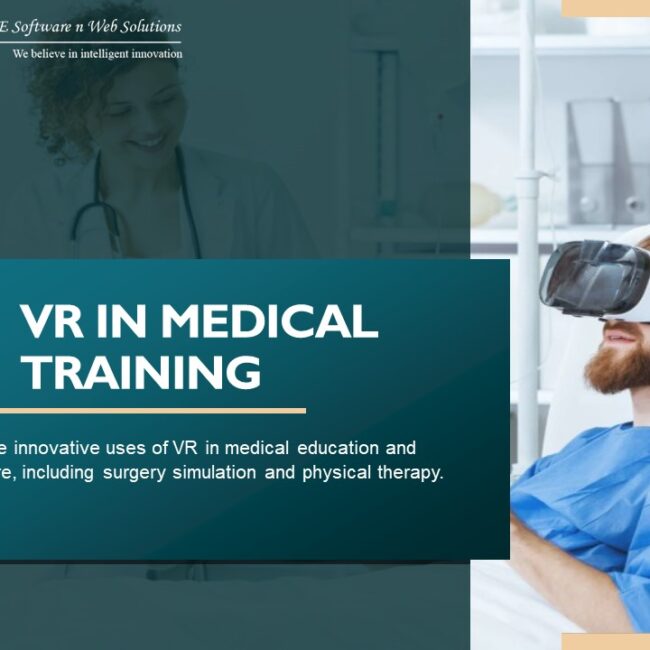
The Impact of Cloud Computing on Remote Learning Infrastructure
The Impact of Cloud Computing on Remote Learning Infrastructure has the shift towards remote learning has been one of the most significant transformations in the educational sector in recent years. This shift has not only altered the way education is delivered but also highlighted the need for robust, scalable, and flexible technological infrastructure. Cloud computing emerges as a pivotal technology in this landscape, offering solutions that can profoundly impact remote learning infrastructure. This blog explores how cloud computing is shaping the future of remote education, providing insights for primary and secondary education industry decision-makers.
Understanding Cloud Computing in Education
Cloud computing refers to the delivery of computing services—including servers, storage, databases, networking, software, analytics, and intelligence—over the Internet (“the cloud”) to offer faster innovation, flexible resources, and economies of scale. In the context of education, it enables schools to access these resources remotely, ensuring that teachers and students can connect and learn, irrespective of their physical location.
Key Benefits for Remote Learning
- Scalability: Easily scale resources up or down based on demand, accommodating fluctuations in student numbers or resource needs.
- Cost-Effectiveness: Pay only for the cloud services used, helping schools manage budgets more effectively.
- Accessibility: Access learning materials and applications from any device, anywhere, at any time, enhancing learning opportunities for all students.
Enhancing Remote Learning with Cloud Computing
Facilitating Synchronous and Asynchronous Learning
- Real-Time Collaboration Tools: Utilize cloud-based tools that allow students and teachers to collaborate in real-time, simulating a classroom environment online.
- On-Demand Learning Resources: Provide students with access to a wealth of learning materials that they can access at their own pace, supporting asynchronous learning.
Streamlining Administration and Management
- Automated Administrative Tasks: Leverage cloud-based administrative tools to automate routine tasks such as attendance tracking, grading, and reporting, freeing up educators to focus on teaching.
- Centralized Resource Management: Manage learning materials, student records, and educational apps centrally in the cloud, ensuring consistency and ease of access.
Addressing the Challenges of Remote Learning
Ensuring Equity and Access
- Bridging the Digital Divide: Implement initiatives to provide devices and internet access to students who need them, ensuring that cloud-based resources are accessible to all.
- Supporting Diverse Learning Needs: Use cloud-based platforms to offer a range of learning resources and tools that cater to different learning styles and needs, promoting inclusivity.
Maintaining Security and Privacy
- Robust Data Protection: Adopt cloud services that offer strong security measures to protect student data and ensure privacy.
- Compliance with Regulations: Ensure that cloud providers comply with relevant educational regulations and standards, safeguarding student information.
Preparing for the Future of Remote Learning
Investing in Teacher Training and Professional Development
- Technology Integration Training: Equip teachers with the skills and knowledge to effectively integrate cloud-based tools into their teaching practices.
- Ongoing Support: Provide continuous professional development opportunities to help educators stay abreast of the latest technologies and pedagogical approaches.
Embracing Continuous Innovation
- Exploring Emerging Technologies: Stay open to integrating new technologies such as artificial intelligence (AI) and augmented reality (AR) with cloud-based platforms to enhance remote learning.
- Feedback-Driven Improvement: Regularly gather feedback from students, teachers, and parents to identify areas for improvement and adapt the remote learning infrastructure accordingly.
In conclusion, cloud computing offers transformative potential for remote learning, providing the flexibility, scalability, and accessibility needed to support effective education outside of traditional classroom settings. By leveraging cloud-based technologies, education industry decision-makers can address key challenges associated with remote learning, including equity of access, engagement, and administration. As the educational landscape continues to evolve, embracing cloud computing will be crucial in building resilient, inclusive, and future-ready learning environments.


